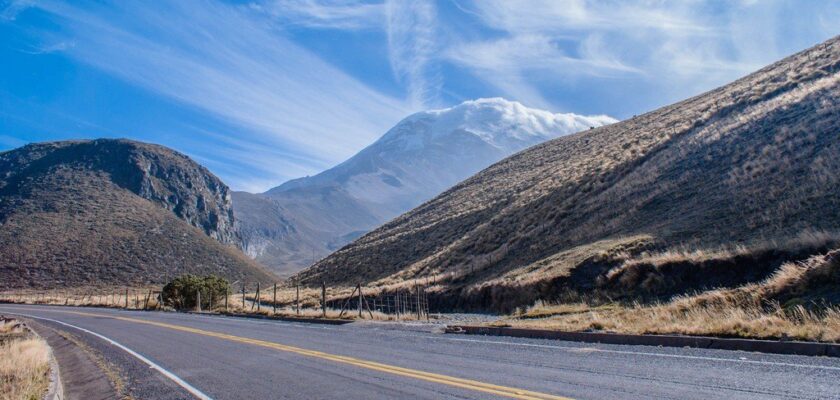Chimborazo Volcano
Chimborazo Volcano is an extinct volcano, the highest point in Ecuador. It has an elevation of 6267 meters. The last eruption of Chimborazo occurred around 550 AD. At the peak of this volcano is the farthest point from the center of the planet. From the 16th century to the early 19th century, Chimborazo was considered the highest mountain on earth.
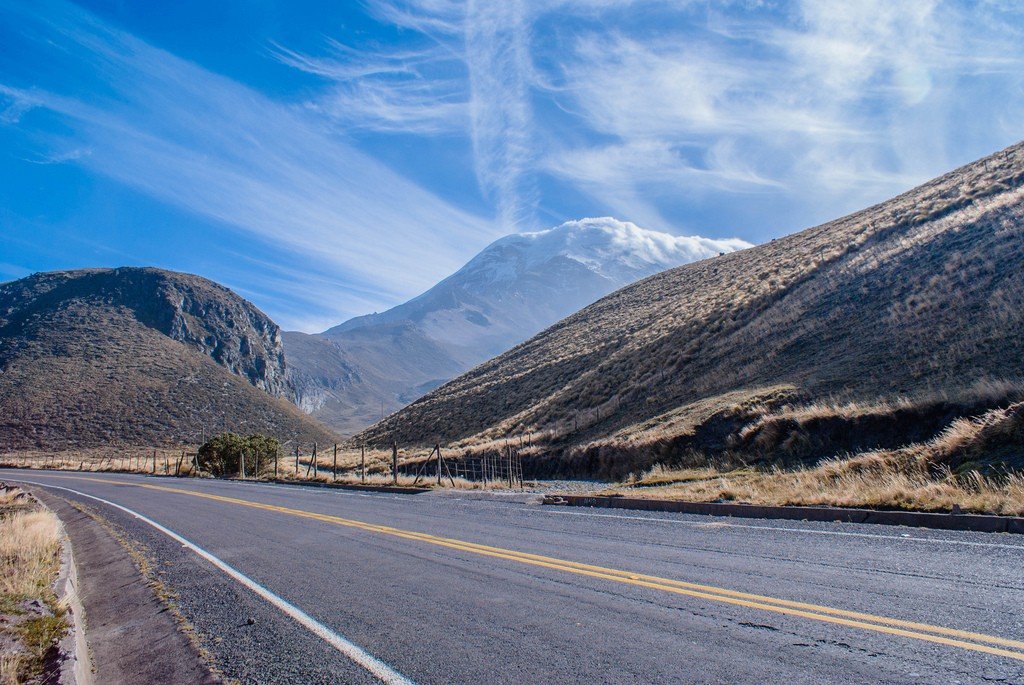
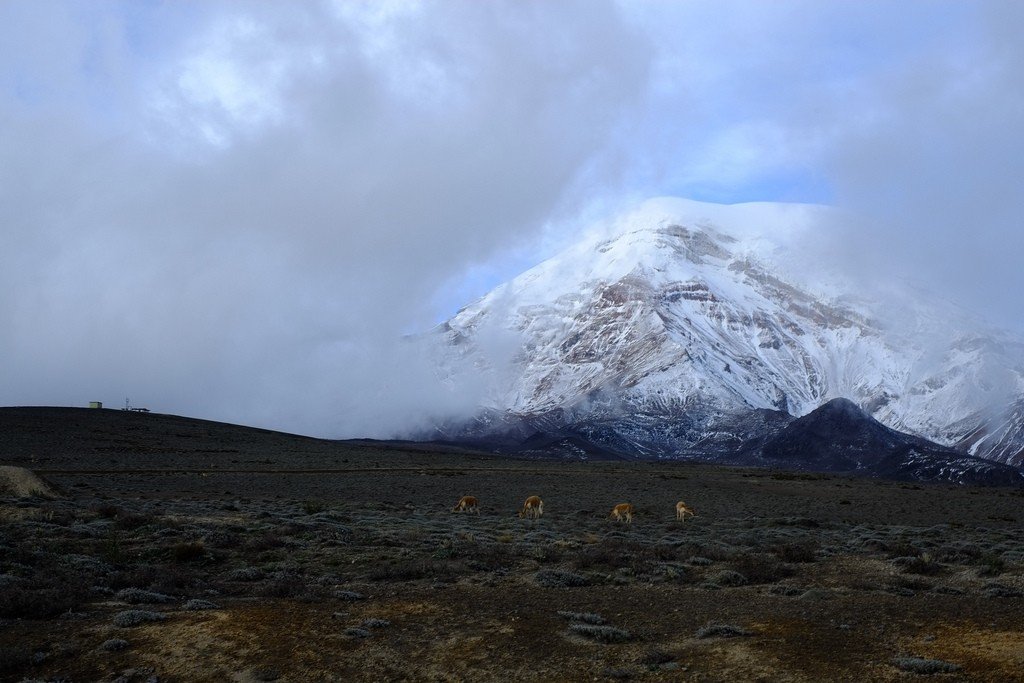
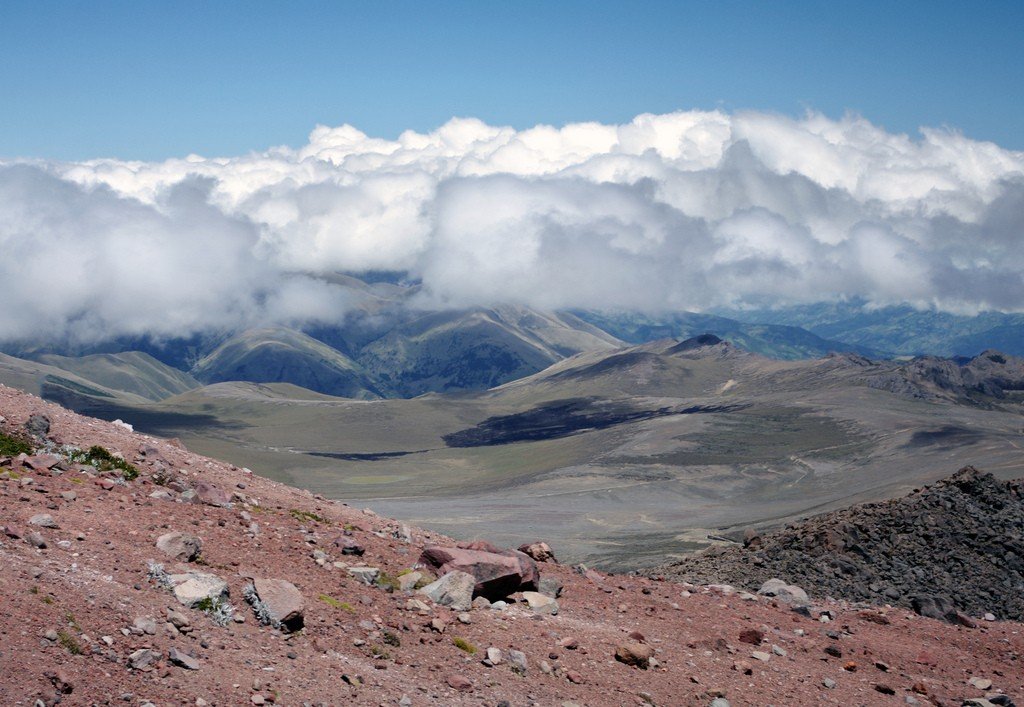
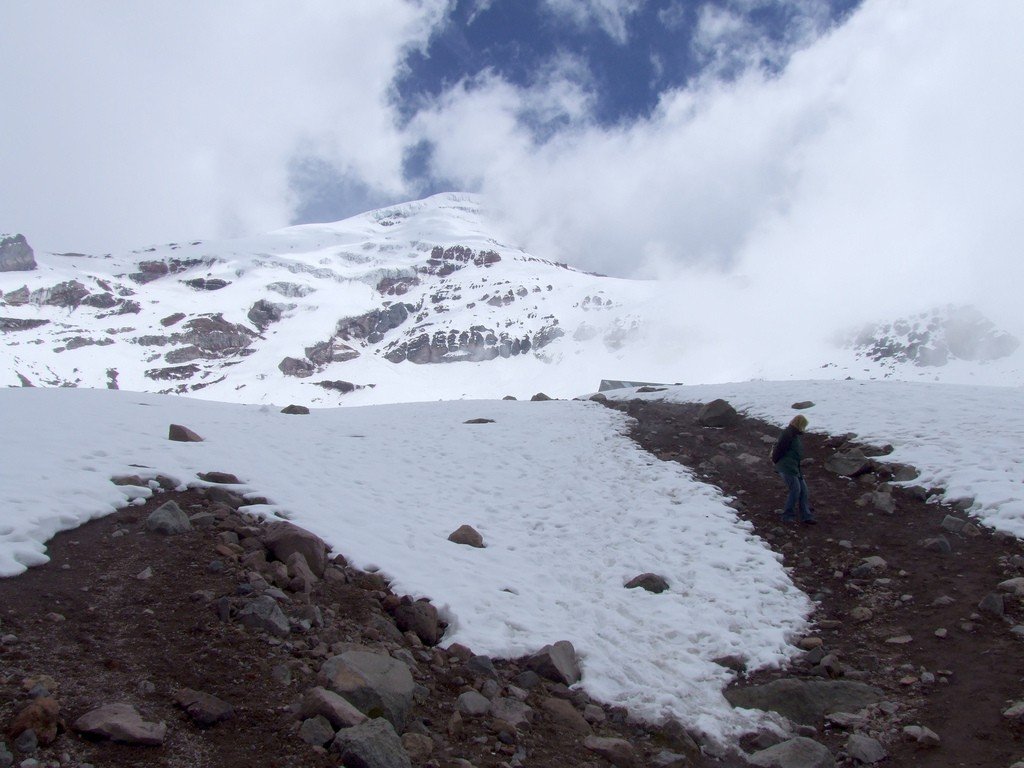
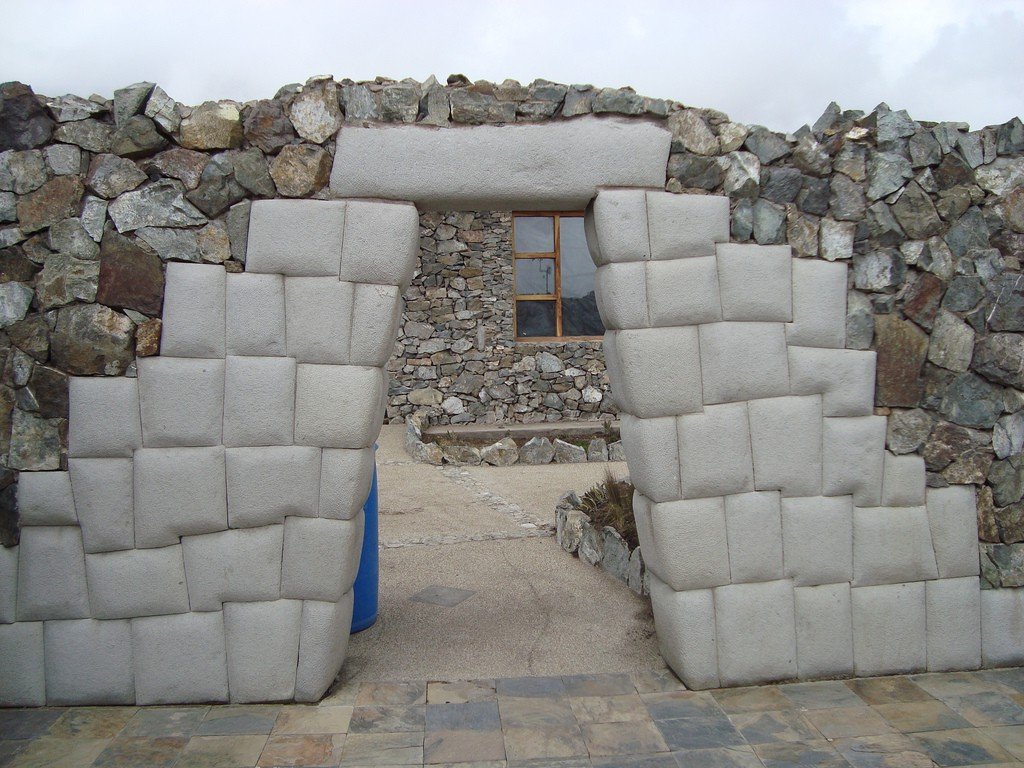
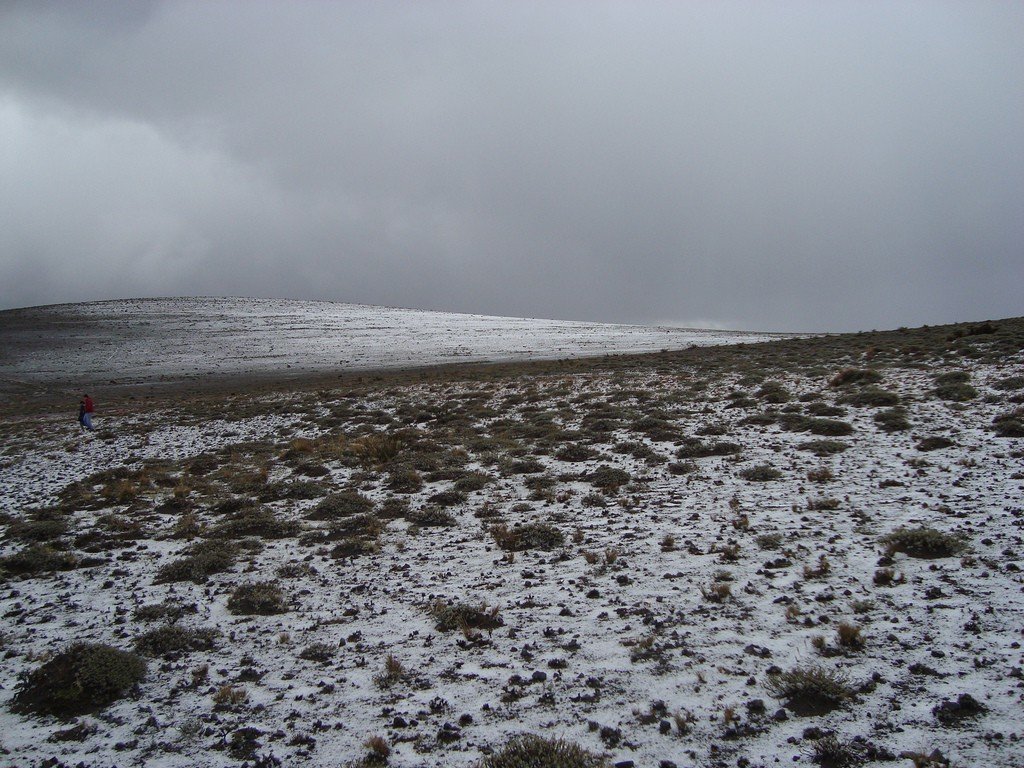
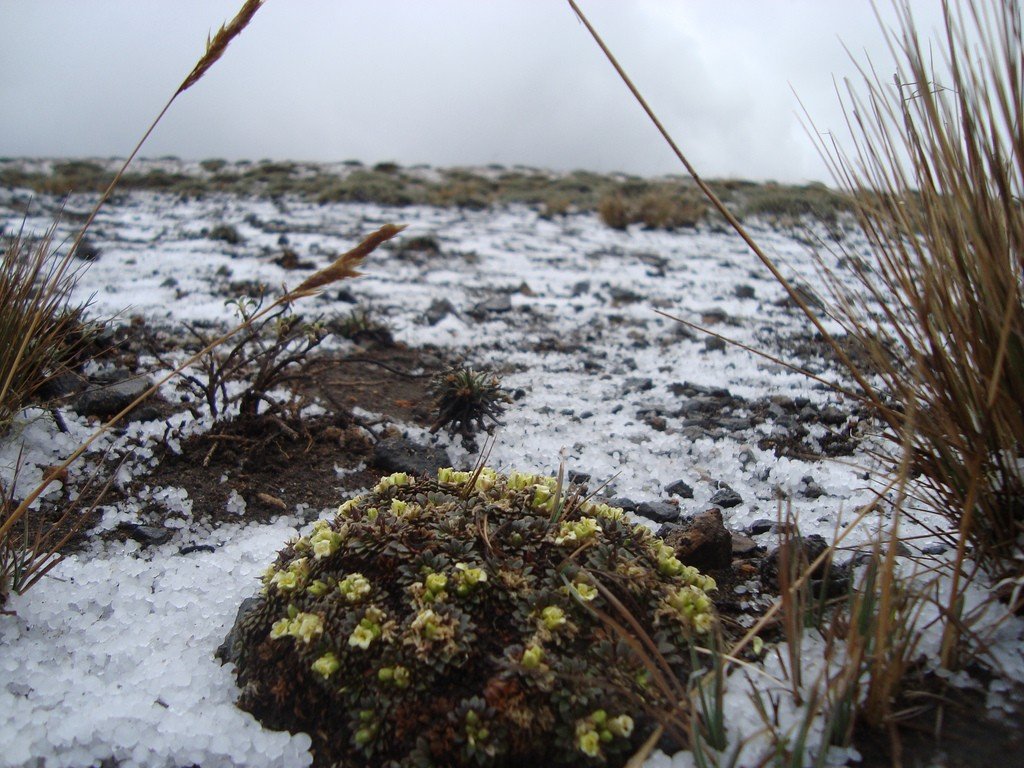
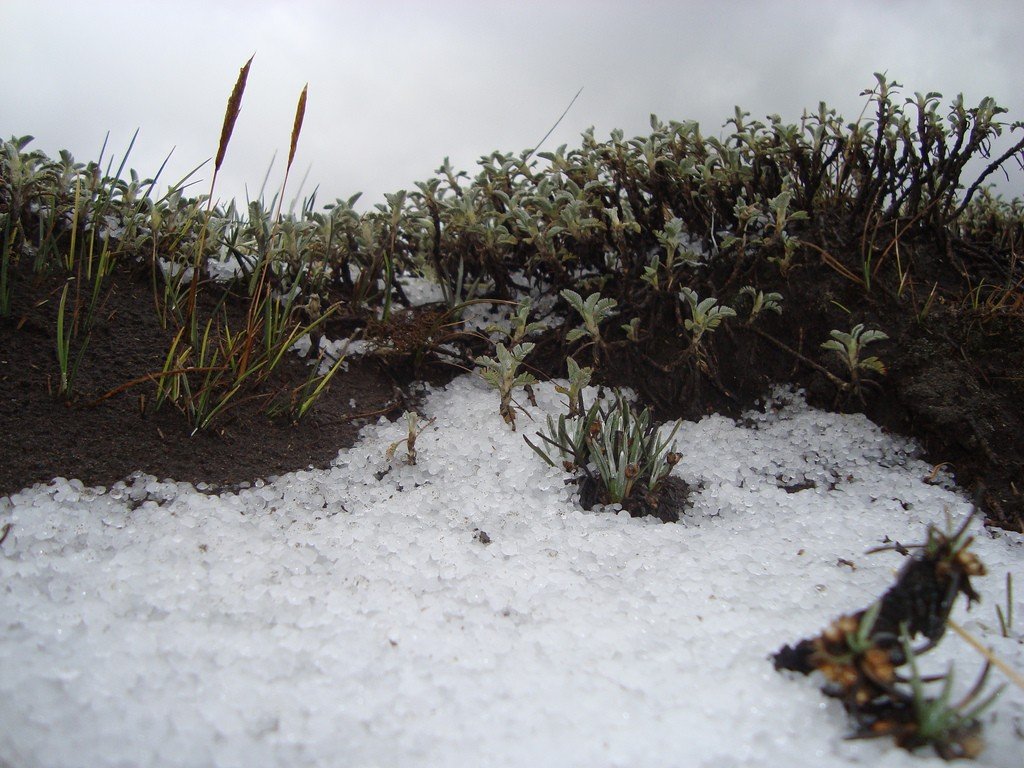
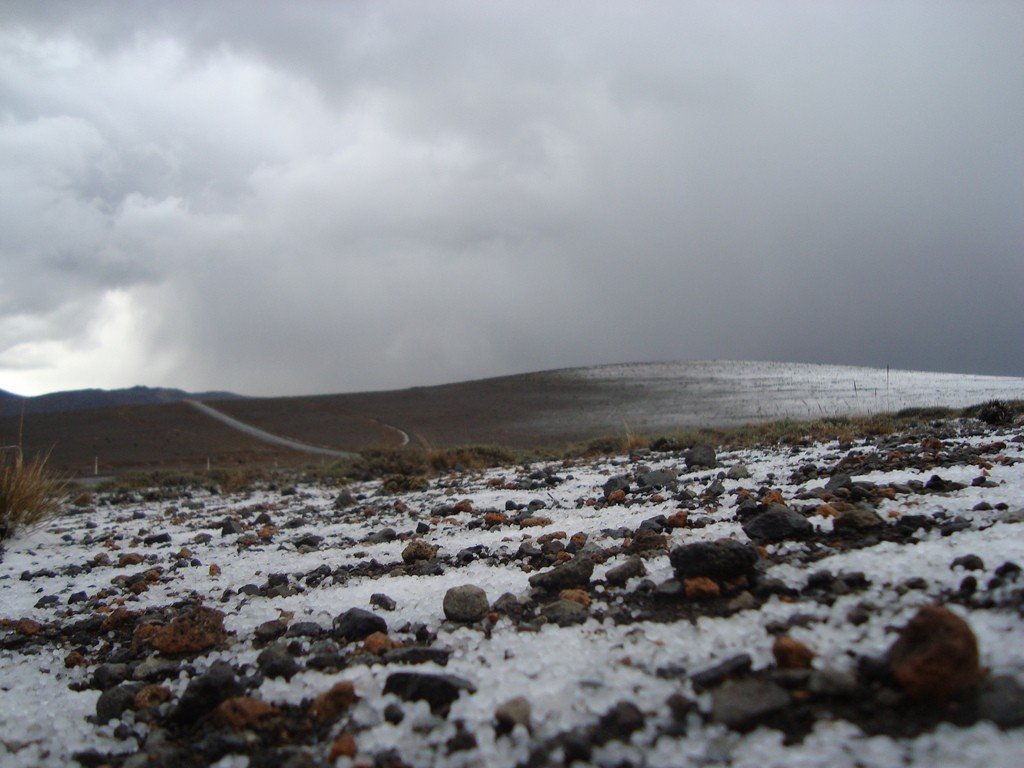
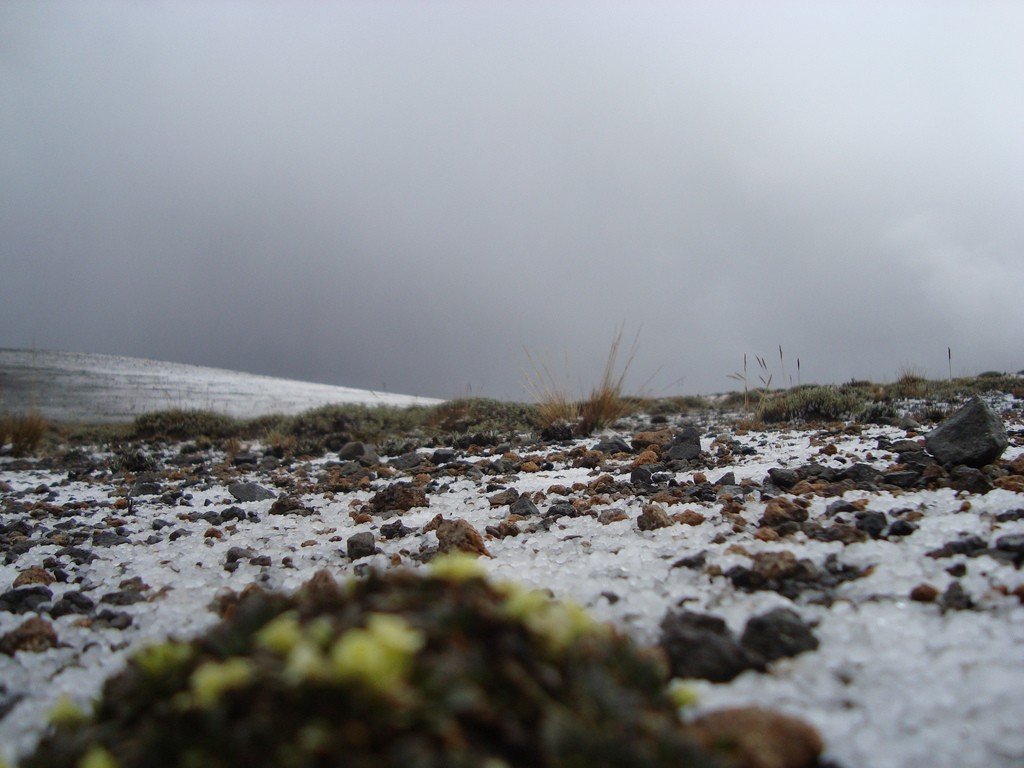
Video: Chimborazo Volcano
Highlights
The summit of Chimborazo volcano is completely covered by ice, in some places dropping to an elevation of 4,600 meters. The meltwater from the mountain is the main water resource for the inhabitants of Bolivar and Chimborazo provinces. In recent decades, the glacier has shrunk considerably due to the effects of global warming as well as the volcanic activity of Chimborazo. Ice from Chimborazo is intensively extracted to sell in markets, and to cool cities where the climate is too hot for humans.
.
The first person to climb Chimborazo was English mountaineer and artist Edward Wimper. He reached the summit of Chimborazo in 1880.
.
The volcano is clearly visible from the coastal city of Guayaquil in Ecuador: in clear weather, the summit is clearly distinguishable even at a distance of 140-150 kilometers.
.Name of the volcano
There are several versions of the origin of the name Chimborazo. In many dialects of the Quechua language, chimba (in other dialects chimpa) means “on the other side”, that is, “on the other side of the river” or “on the other side”. In addition, the word razu means “snow” or “ice”. Locals believe that the combination of these two words, chimbarazu, means “snow on the other side”. According to another theory, the name is composed of the Chapalachian Schingbu, “woman”, and the Quechuan Razo, “ice (snow)”, and together means “icy (snowy) woman.”
.Tourists
You can get to Chimborazo from the nearby towns of Riobamba and Ambato. From these towns, the volcano is no more than 30 kilometers away.
After Edward Wimper, literally every amateur climber considers it his duty to climb Chimborazo. This popularity of the volcano among mountaineers has several explanations:
- First, although it is an inactive volcano, it is still a volcano. And, judging by the accounts of some climbers, you can hear some volcanic processes going on inside Chimborazo on some parts of the slope. However, it is quite possible that many of these stories are a figment of the imagination of people who want to conquer not just a mountain peak, but the highest volcano in Ecuador. .
- The second feature of this inactive volcano is the lack of changing seasons on its slopes. The temperature on each section of the volcano does not change, and you can climb at any time, although traditionally climbers go to Chimborazo in the fall and winter.
It is not forbidden to climb on your own: there are no danger zones and access restrictions. But the best option for tourists (especially for beginners) is to take advantage of special tours that provide excursions with climbing. Depending on the form of the tour, the ascent can last two or three days, and it is supposed to make two breaks during the ascent. The Karel hut, located at an altitude of 4,600 meters, is usually considered the start of the route. The next point of the route is Vamper’s hut at an altitude of 5,000 meters. After that, hikers will have to climb up to the fourth peak, Cumbre Veintemilla. This part of the route is traditionally traversed at night, until the morning sun melts the ice. It is recommended to descend from the volcano before 10 am: later there may be an increased risk of avalanche or rockfall.
.
When climbing independently on common routes, it is necessary to observe precautions. For example, the section up to the saddle of El Castillo is a very steep slope, which in addition on the way back can unpleasantly surprise tourists with unexpected rockfalls. Another dangerous section is from the Veintimilla summit to the Whymper summit. The length of the section is only 70 meters, but it is here that there is a risk of falling off if you climb after 8 am, as the snow becomes very soft under the influence of the sun.
.